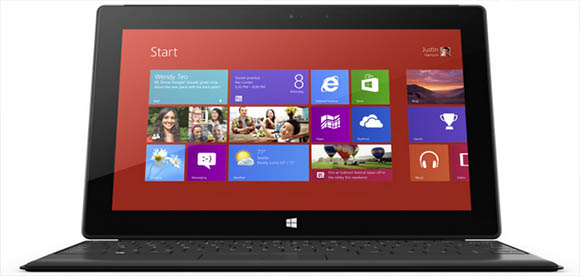Windows RT, the version of Windows being loaded onto ARM-powered tablets and netbooks such as the new Microsoft Surface, has one drawback: there are tens of thousands of apps written for x86 hardware that simply won’t run on this new ARM-powered architecture. While this may present a problem for hospitals, banks, and other institutions needing a proper Wintel platform, we’re wondering how to get classic games such as Civ III and Age of Empires running on these new tablets.
It seems with a lot of black magic, [mamaich] over at the XDA Developers forum has a solution for us. He’s created a tool for running x86 Win32 apps on Windows RT. Basically, he’s created an x86 emulator for ARM devices that also passes Windows API calls to Windows RT.
So far, [mamaich] has been playing some classic Windows games on his Windows RT box, including Heroes of Might and Magic 3 and Space Cadet Pinball from Windows 95. A few utility apps such as 7Zip and WinRAR also work.
[mamaich]’s plans for his build are to make x86 emulation more automatic without the need for a separate launcher tool. Then, finally, we’ll have the perfect portable platform for RTS games.












